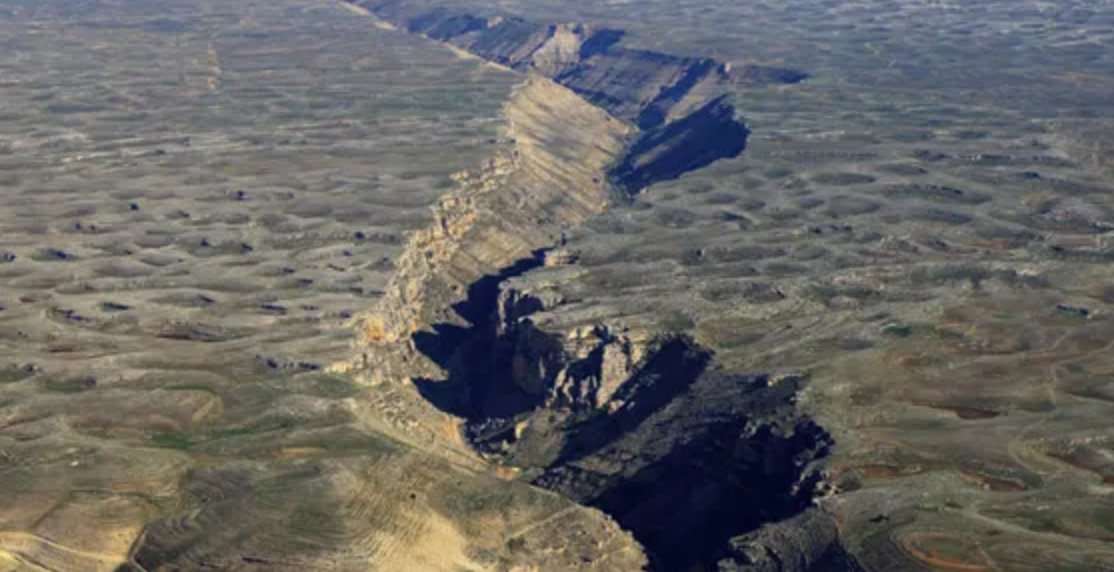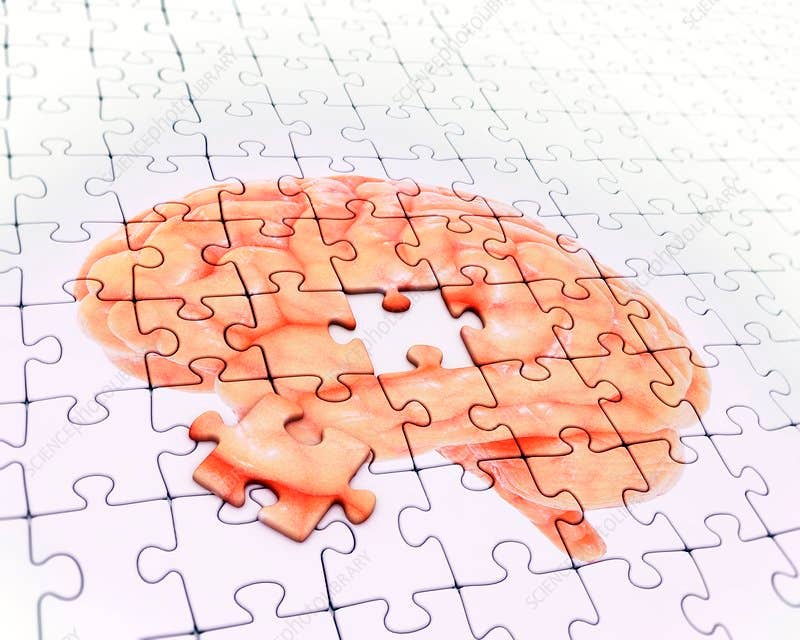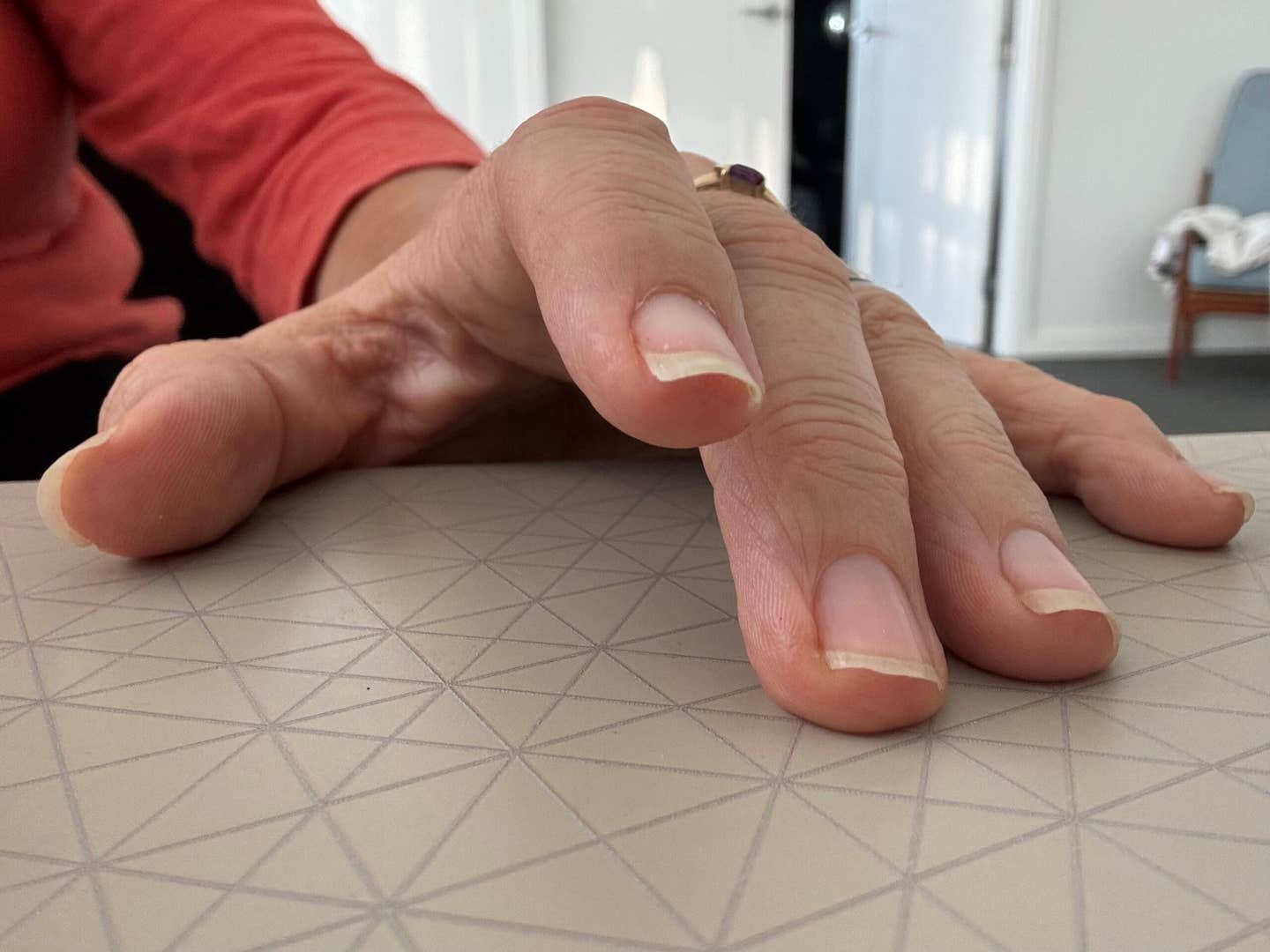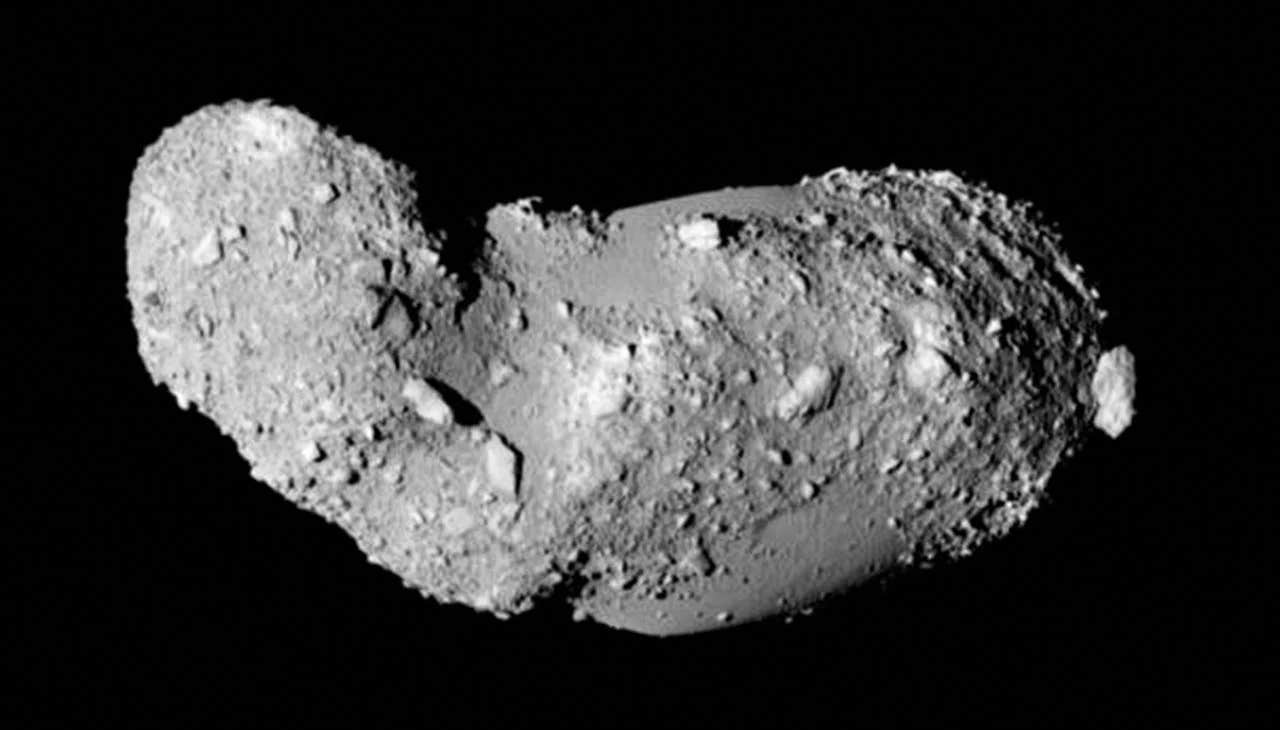Geologists discover that India is splitting into two
Findings hinted at the possibility that a section of the Indian Plate might be undergoing delamination, with hot mantle rock filling the gap.

This theory suggests that a portion of the Indian Plate is “delaminating” as it slides beneath the Eurasian Plate. (CREDIT: CC BY-SA 4.0)
The Himalayas, Earth's towering mountain range, stand as the product of a slow-motion geological collision between the Indian and Eurasian tectonic plates.
This monumental clash has been shaping the region for about 60 million years, carving out the iconic peaks that define the landscape. Yet, the real fascination lies deep beneath the surface, where the tectonic forces at work remain enigmatic.
Unlike dense oceanic plates, continental tectonic plates are thick and buoyant, resisting subduction into the Earth's mantle during collisions. This unique characteristic has led scientists to debate the Indian Plate's behavior in its ongoing collision with Eurasia.
One hypothesis suggests the plate resists subduction entirely, sliding horizontally beneath Tibet. Another posits that the upper, buoyant part of the Indian Plate crumples at the collision's edge, enabling the lower portion to subduct into the mantle.
In a recent development, a new analysis of earthquake waves traveling beneath Tibet and the presence of specific gases rising to the surface have shed light on a previously unexplored possibility.
This theory suggests that a portion of the Indian Plate is "delaminating" as it slides beneath the Eurasian Plate, with the denser lower section peeling away from the upper portion. Furthermore, evidence points to a vertical fracture or tear at the boundary between the separated section of the slab and its undisturbed neighbor.
Douwe van Hinsbergen, a geodynamicist at Utrecht University, remarked, "We didn't know continents could behave this way, and that is, for solid earth science, pretty fundamental."
This groundbreaking study, presented at the American Geophysical Union conference and shared as a preprint online, has the potential to enhance our understanding of the formation of the Himalayas and may even contribute to assessing earthquake hazards in the region.
Related Stories
However, Fabio Capitanio, a geodynamicist at Monash University, urged caution, emphasizing the existence of uncertainties and limited data. "It's just a snapshot," he noted. Nonetheless, Capitanio acknowledged the importance of this research in advancing our comprehension of Earth's dynamic processes.
The concept of tectonic plates unzipping has been a long-standing hypothesis among scientists. These plates consist of a layered structure with buoyant crust and denser upper mantle rock. When subjected to compression and thickening, a plate could potentially split along the interface between these layers.
Previously, such phenomena were primarily studied in the interiors of thick continental plates and simulated in computer models. However, this study marks the first instance of such behavior being observed in a descending tectonic plate.
The Himalayan collision zone provides a fertile ground for investigating the tearing apart of tectonic plates. Before the collision commenced, the Indian Plate displayed variations in thickness and composition. This variation helps explain the crescent shape of the 2500-kilometer-long Himalayan front.
Peter DeCelles, a geologist at the University of Arizona, likened the ancient plate to a manta ray, with thin wings of oceanic crust flanking a thick central portion of continental crust. While the thin oceanic slabs readily subducted beneath the Eurasian Plate, the thick continental crust plowed into Eurasia with great force, creating the immense mountain range.
The disparities in subduction speed likely subjected the Indian Plate to multiple directional stresses, resulting in numerous tears. According to study author Simon Klemperer, a geophysicist at Stanford University, the idea of multiple tears has become so prevalent in recent years that it has almost become a "cottage industry" among scientists.
Klemperer focused his attention on a region in northeastern India, near Bhutan, where the subduction zone curved, making it a prime candidate for plate tears. This region, as he described it, is where things get particularly turbulent.
His research journey spanned several years and involved the collection of isotope measurements of helium from Tibetan springs. These springs provided crucial clues, as helium-3, a light isotope found in Earth's primordial composition, indicated the presence of mantle rocks. Conversely, a lack of helium-3 suggested the emergence of gases from buried crust.
A striking pattern emerged as the team mapped the springs. South of a certain line, springs exhibited crustal signatures, while those to the north showcased mantle fingerprints.
The researchers interpreted this line as the farthest point of the intact Indian Plate sliding under Tibet before descending into the mantle. However, a trio of springs south of this line, near Bhutan's eastern border, also displayed mantle signatures. This hinted at the possibility that a section of the Indian Plate might be undergoing delamination, with hot mantle rock filling the gap.
Support for this hypothesis came from the analysis of earthquake waves traversing the boundary between crustal and mantle rock. By recording waves at numerous seismic stations, researchers were able to construct images of subsurface structures. One image revealed two distinct blobs, suggesting that the lower part of the Indian Plate was detaching from the upper section.
In a more recent analysis utilizing a different set of earthquake waves, evidence pointed to a tear on the western edge of the delaminated slab. West of this proposed break, the Indian Plate's bottom remained intact at a depth of around 200 kilometers, while to the east, where the slab divided, mantle rock seemed to be flowing in at a depth of approximately 100 kilometers.
Anne Meltzer, a seismologist at Lehigh University, emphasized the significance of understanding continental collisions, as nearly every landmass on Earth has been shaped by such events. This knowledge not only sheds light on our modern landscapes but also helps us assess earthquake hazards along ancient fault lines.
Klemperer also suggested that the newly proposed tear may be influencing earthquake hazards in Tibet today. Overlying the tear is a deep fracture in the Tibetan Plateau known as the Cona-Sangri rift, indicating a potential connection between the turmoil within the Indian Plate and surface disturbances.
While the direct link to earthquakes remains uncertain, Douwe van Hinsbergen noted that plate tears and delamination could affect stress buildup and, consequently, the likelihood of earthquakes.
Continental collisions have left a complex legacy of overlapping scars on our planet, making them a challenging subject of study. Nonetheless, scientists like Klemperer remain enthusiastic about the opportunity to decipher this billion-year-old history. With each discovery, we inch closer to understanding the intricate processes that have shaped our world.
Note: Materials provided above by The Brighter Side of News. Content may be edited for style and length.
Like these kind of feel good stories? Get The Brighter Side of News' newsletter.
Joseph Shavit
Head Science News Writer | Communicating Innovation & Discovery
Based in Los Angeles, Joseph Shavit is an accomplished science journalist, head science news writer and co-founder at The Brighter Side of News, where he translates cutting-edge discoveries into compelling stories for a broad audience. With a strong background spanning science, business, product management, media leadership, and entrepreneurship, Joseph brings a unique perspective to science communication. His expertise allows him to uncover the intersection of technological advancements and market potential, shedding light on how groundbreaking research evolves into transformative products and industries.



